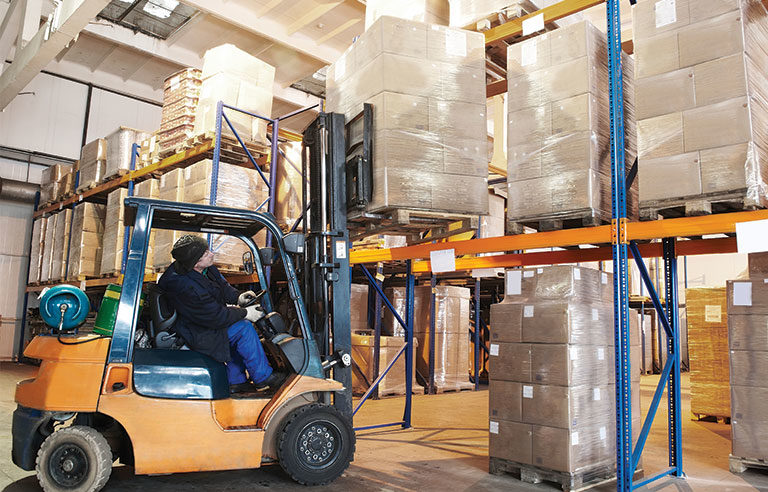National Forklift Safety Day panel advises reinforcing the basics during annual event

Washington — Reviewing familiar safety processes during the conclusion of a National Forklift Safety Day virtual presentation June 9, NFSD official Chuck Moratz told attendees, “There is no downside to constant, positive reinforcement.”
Moratz, chair of the NFSD task force, echoed the sentiments of four other experts who spoke before him. The panel, which presented during the program organized by the Industrial Truck Association and DC Velocity, agreed that refining the basics is a vital starting point to mitigating occupational forklift hazards. Bureau of Labor Statistics data shows that 115 workers were killed in incidents involving forklifts in 2018 – a 55.4% increase from the previous year.
“Any time you have employees working in close proximity to forklifts or other heavy equipment, the potential for serious incidents becomes very real, especially when they have not been properly trained and are not abiding by mandatory safety rules and procedures,” said Moratz, who also is the senior vice president of manufacturing and engineering at the Lexington, KY-based Clark Material Handling Co. “Both pedestrians and forklift operators need to know the safety rules and procedures, and they must follow them in order to keep the flow of products moving without endangering others in the process.”
OSHA’s Powered Industrial Trucks Standard (1910.178) was the agency’s seventh most cited standard during fiscal year 2019. Four of the top five sections cited within the standard pertain to operator training.
The standard requires training programs to include components of formal instruction, practical training and a workplace performance evaluation. Before each job, forklift operators should check the vehicle’s seat belts, tires, lights, horn, brakes, backup alarms, fluid levels, and moving and load-supporting forklift parts.
Operators should be reminded that forklifts are not personal vehicles and to never engage in horseplay, OSHA advises.
Overall, 729 occupational fatalities involving forklifts occurred from 2011 to 2018, according to BLS data. Additionally, acting OSHA administrator Loren Sweatt said during the presentation that an average of 22 workers are injured in nonfatal forklift incidents each day.
“These numbers represent real people whose lives are disrupted, or worse, by a preventable incident,” Sweatt said.
Sweatt said OSHA continues to analyze comments from a March 2019 Request for Information seeking input from powered industrial truck stakeholders on “employer requirements for operation, maintenance and worker training.” In another regulatory update, Sweatt said OSHA expects to publish a proposed rule this year “updating references to consensus standards dealing with the design and construction” of powered industrial trucks.
| Sign up for Safety+Health's free monthly email newsletters and get the news that's important to you. |
An OSHA Advisory Committee on Construction Safety and Health work group is set to discuss the latter topic as part of a public teleconference slated for June 30.
“These rulemakings will help to ensure that consensus standards referenced in OSHA rule address current industry practice and state-of-the-art technology,” Sweatt said. “OSHA understands that working with stakeholders is the best way to achieve the agency’s mission.”
The eighth annual National Forklift Safety Day is scheduled for June 8, 2021.
Post a comment to this article
Safety+Health welcomes comments that promote respectful dialogue. Please stay on topic. Comments that contain personal attacks, profanity or abusive language – or those aggressively promoting products or services – will be removed. We reserve the right to determine which comments violate our comment policy. (Anonymous comments are welcome; merely skip the “name” field in the comment box. An email address is required but will not be included with your comment.)

